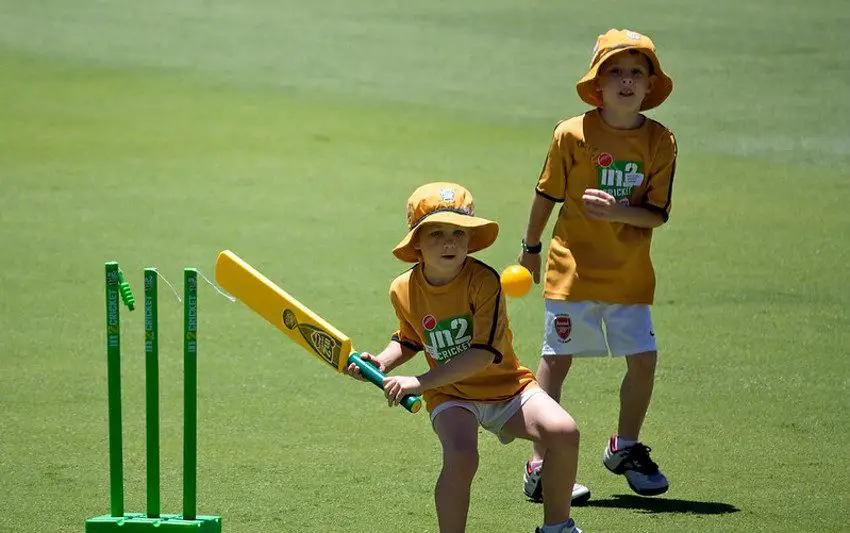Table of Contents
It’s funny how time slows down when six balls stand between you and victory. Your heartbeat echoes in your ears, the crowd at Eden Gardens leaning forward like it’s their own last breath on the line.
In-play cricket analysis can pick up every twitch—back-of-the-hand sweat, a quick glance at the dressing-room door—but somehow it can’t fully tame that wild card we call pressure.

The Alchemy of a Last Over
You think you know the script: bowler runs in, batsman unfurls the blade, fielders hold their breath. Yet every single time, something shifts. A yorker nips in late. A slower one floats just enough. Even a fielder’s misjudged dive (or, let’s be honest, a slip in concentration) can turn a dot ball into a boundary.
Unpredictable? Absolutely. And, well, delightfully chaotic.
Take these classic culprits:
- The mental tug-of-war: Knuckles tighten on the bat handle, vision narrows—doesn’t matter if you’re a Rohit Sharma or a teenager fresh from club cricket.
- Bowler’s bag of tricks: Yorkers, bouncers, off-cutters; each delivery is a secret until the last second.
- Pitch and atmosphere: Dew on a Mumbai night can turn a gripping duel into a batsman’s playground, or vice versa.
Why Even Analytics Stumbles
Sure, analytics improved sports entertainment in many ways—charts predicting swing, heat maps on shot zones, win-probability graphs that flicker with each dot or boundary. Yet when the game comes down to that final over, numbers become dance partners instead of drill sergeants.
Real-time data shows that professional teams are increasingly leaning on live metrics to steer their strategies, but it can’t soothe the wobble in a bowler’s run-up or the flicker of doubt behind a batter’s eyes.
Is it all in the mind? Partly. Studies show that teams chasing in T20 Internationals clinch victory around 51% of the time—a slim edge, but one that evaporates when the required rate spikes above ten an over. That’s when muscle memory battles adrenaline, and gut instincts outpace any pre-match plan.
A Slice of Indian Cricket Reality
Remember Kolkata Knight Riders’ thrilling chase in 2014, clinching victory with three balls to spare? These aren’t exceptions; they’re proof of cricket’s lovable unpredictability. Our fans, ever so vocal—be it in Chennai or Dharamsala—feed off that electric uncertainty. You don’t just watch the final over; you live it, gulping sweet pani puris during breaks, then clutching your chest when the bowler charges in again.
Here’s what makes the moment tick:
- Individual fire-power: A Marcus Stoinis style slog-sweep or a Kuldeep Yadav wrong-’un can rewrite histories.
- Collective nerves: Teammates held back in the pavilion, no—on the boundary rope, urging on with every shout.
- Environmental quirks: Stadium lights, boundary length, even the colour of the floodlights on a night game.
Captaincy and Training Under Fire: The Ultimate Gamble
If you’ve captained a match at any level, you’ll tell me leadership in the final over is a different beast.
Do you back your bowler’s best skill—slower ball, seam up—or do you ask him to gamble on a yorker? Do you trust your fielder’s agility near the rope, or do you spread the boundary crowd?
These choices—blink-and-you-miss-it—shape the game’s fate.
I recall a district-level final where the skipper moved the third man inward, only to watch the batter clip it for four. My heart skipped, and yes, I shouted something unprintable. Yet less than a minute later, the same fielder caught the next drive. That swing from despair to elation—that’s cricket’s secret spice.
Ever thought how teams prep for these high-stakes moments? It isn’t just about net sessions. Indian academies now simulate “death over” scenarios with roaring speakers and timed drills—players face strobe lights, flaring smoke machines even, to mimic the sensory overload of 50,000 fans.
Weird? Maybe. Effective? Coaches swear by it.
It’s one thing to bowl yorkers in a quiet indoor net; it’s another to slam them home when your pulse is drumming and your ears are buzzing with chants.
And yes, we still blend old-school extras like concrete practice with cutting-edge VR. It’s a messy, beautiful intersection—technology meets sweat, algorithms nudge but don’t dictate.
The Social Media Spin
Let’s not forget how every final over now plays out in 280 characters. Fans tweet predictions, analysts drop two-minute reels dissecting each ball, TikTokers lip-sync their favorite cricket memes. That digital echo chamber adds another layer of unpredictability: sometimes a bowler hears the chatter and freezes, sometimes he thrives on the frenzy.
Either way, it’s become part of the spectacle, proving once again how analytics improved sports entertainment in many ways—and yet, never fully contained its raw emotion.
Embracing the Chaos
All this jittery, thrilling mayhem—that’s cricket’s final poetry.
It’s why we lean into in-play cricket analysis yet still gasp when the field is rearranged for the last ball. Because, deep down, we know that no matter how far analytics goes, there’s something beautifully human about choking… or rising to the occasion.
In the end, we crave that unpredictability. It’s cricket’s heartbeat. We’ll keep analyzing, sure—because we love our charts and heat maps—but we’ll also keep betting on the unexpected. After all, it’s the madness of those final six balls that keeps us coming back, season after season.
So go on, bookmark this post, tag your mates, debate in the comments. And next time you’re glued to the TV—phone in one hand, a steaming cup of chai in the other—remember: no machine can ever outgun the glorious, unpredictable poetry of a final over.


